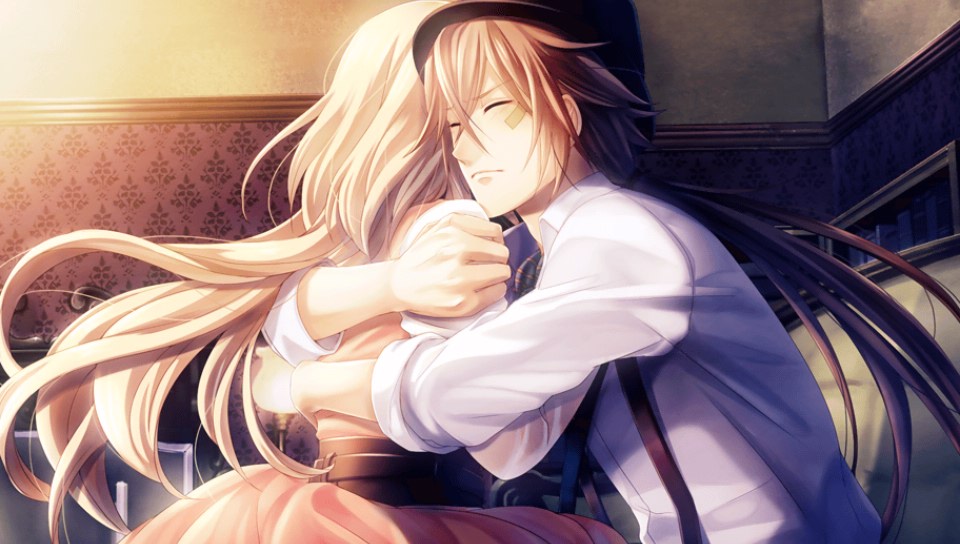
As the weather gets frightfully cold outside, is there anything better than getting cozy under a warm blanket with a lovely otome? The answer is no, there’s really not. London Detective Mysteria hopes to fill that very need this December, and it has all the cards to do just that. You have late 19th-century London. Sherlock Holmes. Arsène Lupin. Dr. John Watson. Jack the Ripper.
Wait. Maybe that’s not a plus. Skip that.
You have most of the literary characters from the Code: Realize series that made it so endearing, but with more of a Disney Descendants twist. You have the sons of all these people, and they’re all attending Harrington Academy to become future detectives, aka 19th-century high school. It’s a literary form of Disney Descendants. With romance. And murder mysteries. And Jack the Ripper. And a half-hearted attempt to tie it all together.
I Dub Thee a Detective!
Our lovely tale begins like how all stories of noble women begin: with a coming out party. Lady Emily Whiteley has just returned to her London mansion after living in the country for several years. Her dutiful butler Pendleton whisked her away to the countryside after she witnessed the brutal murder of her parents. (This isn’t about Batman, I promise.) Now she is back, she’s of eligible age, and it’s time for her to have her debut and find a proper nobleman to marry. This may shock you, but her debut ball at Buckingham Palace doesn’t go off without a hitch.
The sons of Sherlock Holmes and Dr. John Watson are also at the ball, as Queen Victoria herself summoned them to help her find her missing cat. Emily lets curiosity get the better of her, follows the famous duo, eavesdrops on the entire conversation, and is then caught by the Queen. Instead of punishing her, the Queen welcomes her and asks her to help. Upon a successful kitty retrieval, the Queen bestows upon her a detective’s ring, essentially making her a detective in the eyes of London, and makes arrangements for her to attend the prestigious Harrington Academy. It’s a rare thing for women to attend a school during this time, so Emily is beyond honored, especially since the Queen wants her to specifically study to be a detective.
Her classmates include Herlock Holmes (not kidding about the name), William H. Watson, John Lupine, Kenichirou Akechi (son of Kogoro Akechi, famous Japanese literary detective and Persona, um, persona), Sara Marple, and Jack Millers. Together they all get into crazy shenanigans and solve mysteries, while in the background, Emily and Pendleton still want to solve the mystery of her parents’ murder. Only crows could have more fun with this setup.
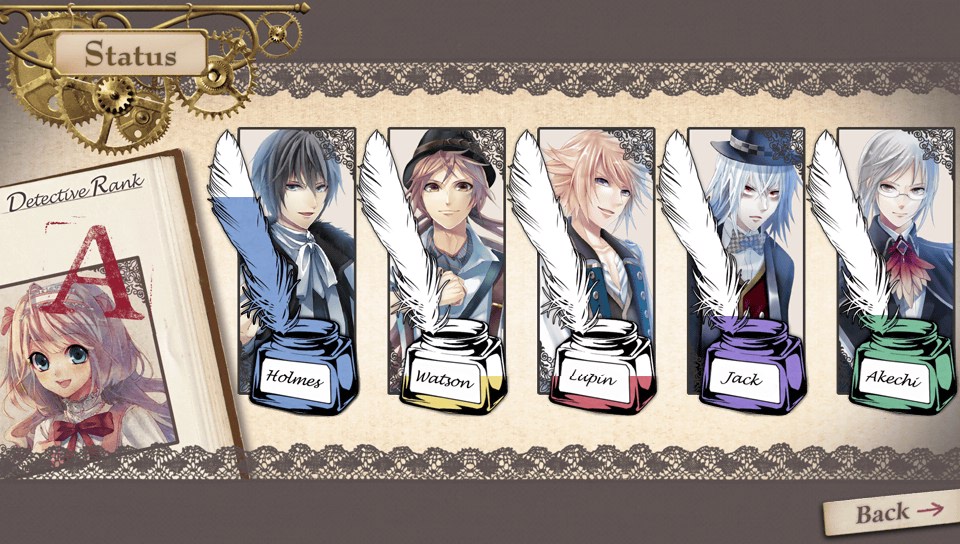
Held Together With Off-brand Scotch Tape
While the story is often the weakest link for an otome, which yes, is odd for a visual novel, but it’s the honest truth, this title’s story suffers from a severe split personality. While the mystery behind the Whiteley murders hangs in the background the entire time, not much of the game is focused on it until the second half. Even then, the second half of the game focuses on a piece of another overall mystery regarding a shadowy organization.
The first half is a series of chapters that don’t link together at all, other than having the same characters. Each chapter highlights one particular character, such as a new character, and then presents a mystery for Emily and friends to solve. By then, the game has clicked onto which character Emily is trying to romance, and then it shifts entirely to solving a piece of the shadowy organization meeting with her beau. Normally, the otome follows down the same path no matter whom you select. For example, in Hakuoki: Kyoto Winds, no matter whom Chizuru spent her time with, the player knew that Heisuke would become a Fury, Kondou would be shot, Yamazaki would suffer a fatal injury and die on the ship to Edo, etc. In London Detective Mystery, perhaps an NPC will die, maybe he won’t. Maybe he won’t die in the same way, either. It’s most likely the other suitors won’t have a part in solving that route’s mystery either. Half the time I wondered why Akechi was even around for any part other than his own route.
This identity crisis of sorts hurts the game more than its sons/daughters of trope. Even worse, there is no way to skip forward past chapters in this first half without loading a saved game. When you finish one route, the game does not offer a table of contents of sorts for the player to start the game from. For instance, Akechi doesn’t appear until around the fifth chapter. If you want to go through his route, but don’t have a save file for that chapter, you get to go through the game all over again. Yes, there is a skip already-read text option, but this takes considerable time. There are still questions to answer and choices to make that won’t be skipped for you. There should be no reason why I can’t treat this like a true novel, where I can skip ahead through chapters I don’t want to read a second time.

Know what else is fun? Trying to find that one gallery image you’re missing without being able to pick a chapter to start. Or realizing that you want to reread a section, but hey you can’t rewind backward. You can look at the script, absolutely, but if you need to go back a few choices ago? You are out of luck. Hope you made a quick save or another save point.
True to History, Or Um, Literary History
As I’ve said many times, London Detective Mysteria takes place in late 19th-century London, near the end of the Victorian era. Of course there are carriages, balls, fancy dresses, and various London dialects, but the developers took great care to capture the real culture and setting of 19th-century London. They almost went too far for my liking.
Since Emily is a noblewoman, she’s supposed to have a certain aura about her appearance (especially since she’s unwed) and behavior. From the get-go, the reader/player is treated to 19th-century fat shaming at its finest. As Emily dresses for the Queen’s ball, she complains that the corset is too tight. Pendleton says he won’t change it because she needs to stay that thin. He jabs at her food preferences. Even Holmes comments she’ll get fat the way she eats.
I thought that was pretty bad, but that was before Akechi came off the boat straight from Japan. He’s immediately subjected to racism, discrimination, and he’s called a certain word I totally forgot used to be okay. On the one hand, I’m not a fan of being rattled with these inconvenient truths of the past, but on the other, I’m very glad they included such realities. Of course Akechi and Kobayashi would be treated differently as foreigners. Of course people would expect Emily to appear a certain way and behave like a proper lady. In a world entwined with literary fantasy, it’s good to have some realism of the setting mixed in, to remind all of us, if nothing else, how far we’ve come.
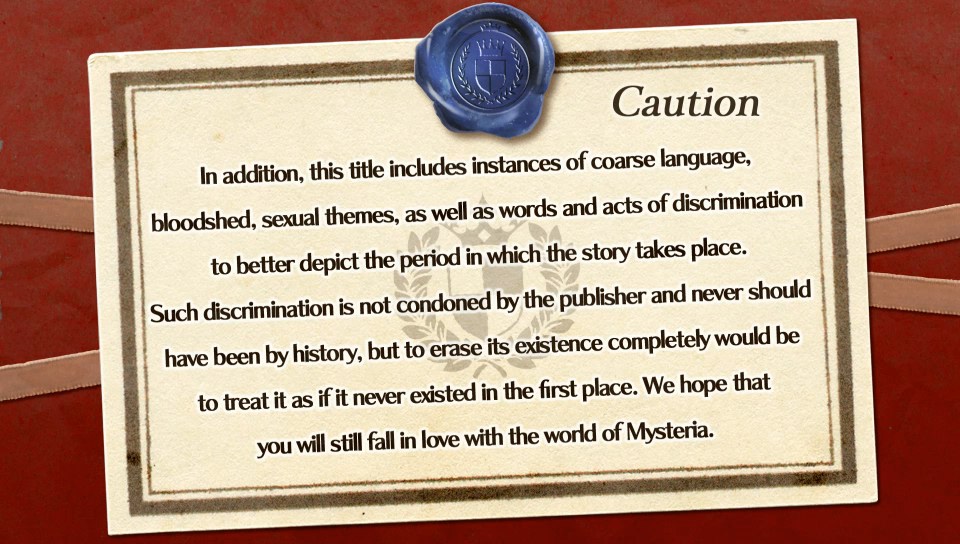
Fat shaming isn’t the only historically-accurate reality Emily faces. She’s the protagonist of this story, but she’s not a Mary Sue who is immediately great at everything she does. She doesn’t solve every mystery perfectly. She’s worthless in a combat situation. She can’t even run away from ne’er-do-wells without getting caught by something. Even worse, despite knowing how worthless she is in these situations, it never stops her from trying, and trying always causes problems. She’s never not a nuisance to everyone around her because of how hard she tries. It’s annoying, but I still felt for her. Here she is, trying to not be a typical noblewoman by attending school and becoming a detective, but she can’t not be who she is, either. She’s a noblewoman who has never had to fight for anything or do much. Of course she’s going to be an absolute nuisance when she actually tries to do something. I’d be more annoyed with her if she was suddenly brilliant and practically perfect in every way.
My feelings about London Detective Mysteria are as mixed as what the game tries to be. It’s not the best or the worst otome I’ve ever played, and most of the romance routes are rather sweet. Getting there, especially for completionists, is a beating and never feels fully worth it, but when you see the lovely couple finally come together, you can’t help but feel warm and squishy inside. With the Vita dying off, I want to say pick this one up now to support this poor handheld, but it’s better to wait for a sale. I’m sure one will come around Valentine’s Day.
London Detective Mysteria review code provided by publisher. Version 1.00 reviewed on a Vita. For more information on scoring please see our Review Policy.
-
Romances can be sweet
-
Historically-accurate setting and culture of Victorian-era London
-
Sara Marple
-
Children-of-famous-people trope
-
No real rewind capability
-
Some really poor translations
London Detective Mysteria review
-
London Detective Mysteria review #1

-
London Detective Mysteria review #2

-
London Detective Mysteria review #3

-
London Detective Mysteria review #4

-
London Detective Mysteria review #5
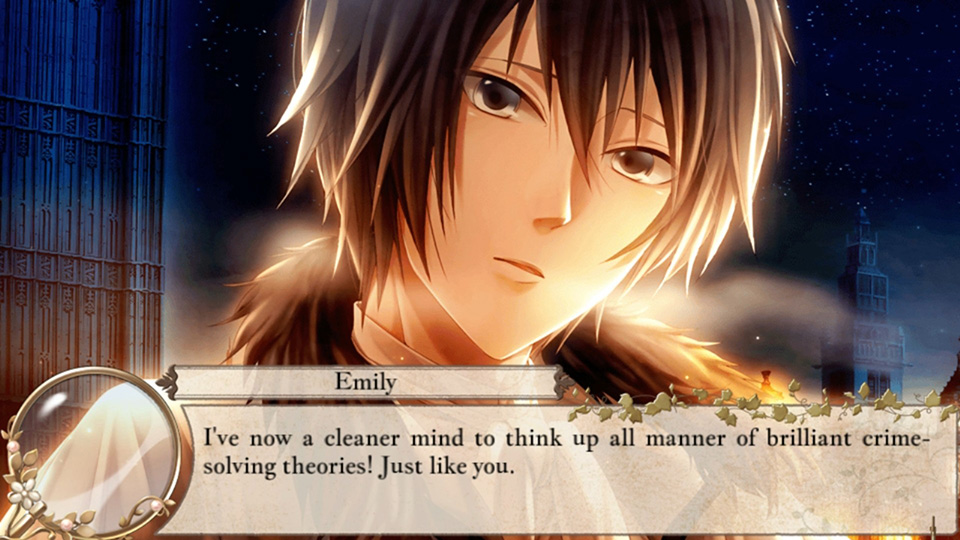
-
London Detective Mysteria review #6

-
London Detective Mysteria review #7
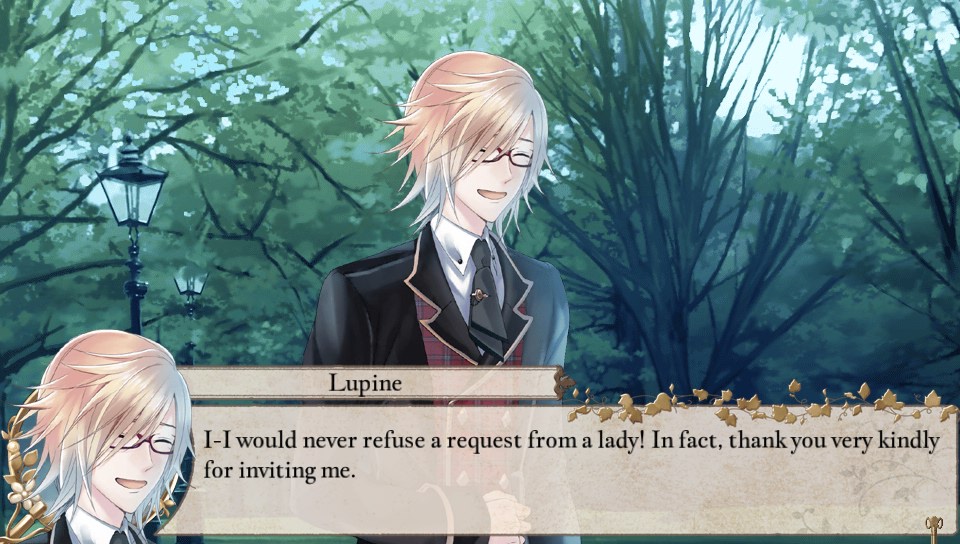
-
London Detective Mysteria review #8

-
London Detective Mysteria review #9

-
London Detective Mysteria review #10

-
London Detective Mysteria review #11
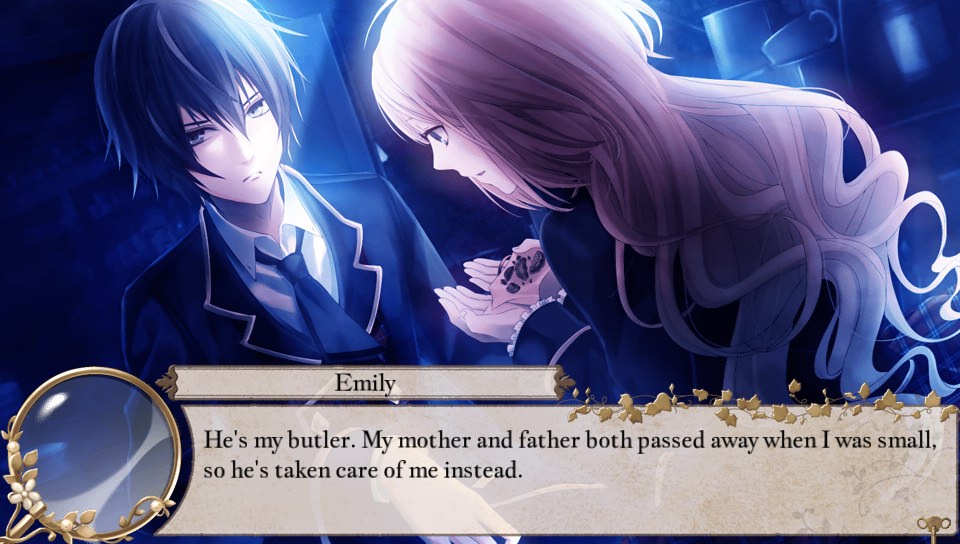
-
London Detective Mysteria review #12

-
London Detective Mysteria review #13
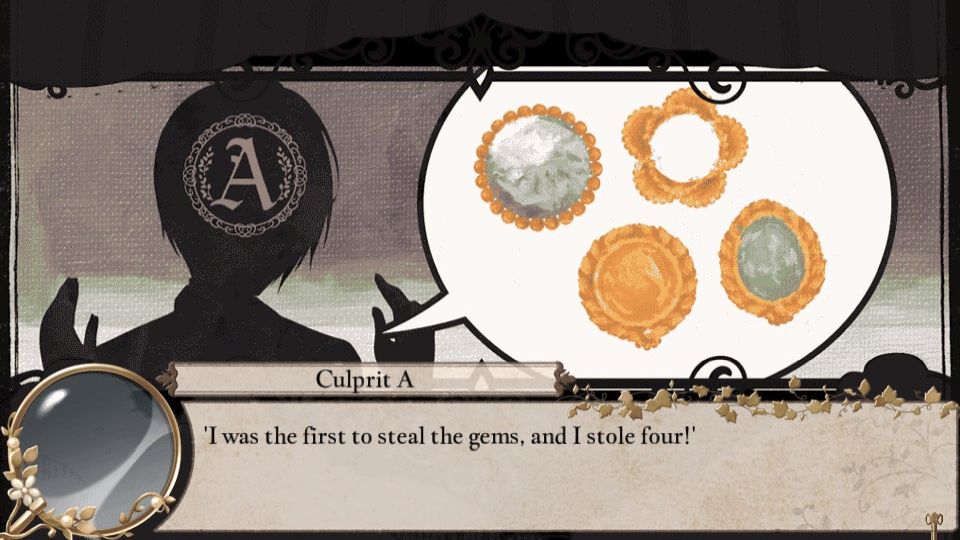
-
London Detective Mysteria review #14

-
London Detective Mysteria review #15

-
London Detective Mysteria review #16
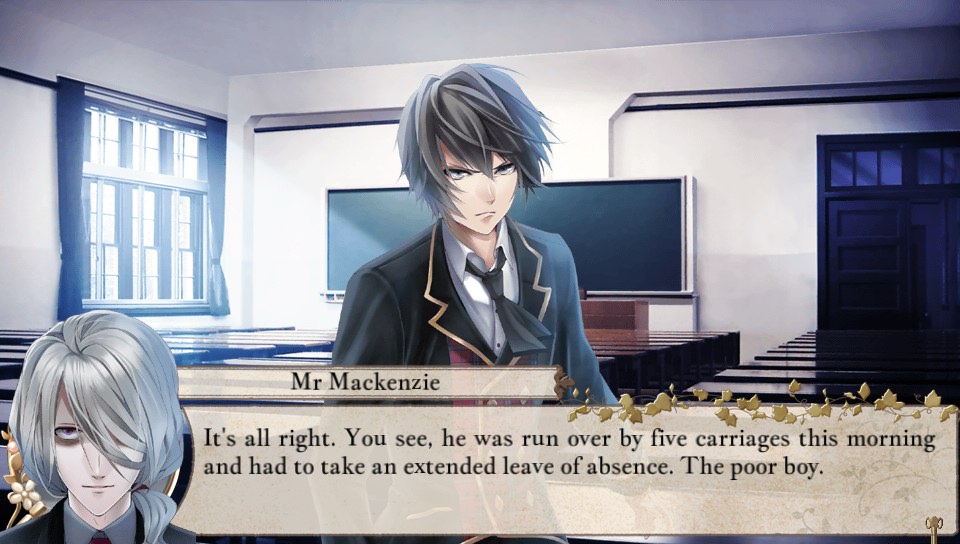
-
London Detective Mysteria review #17

-
London Detective Mysteria review #18

-
London Detective Mysteria review #19
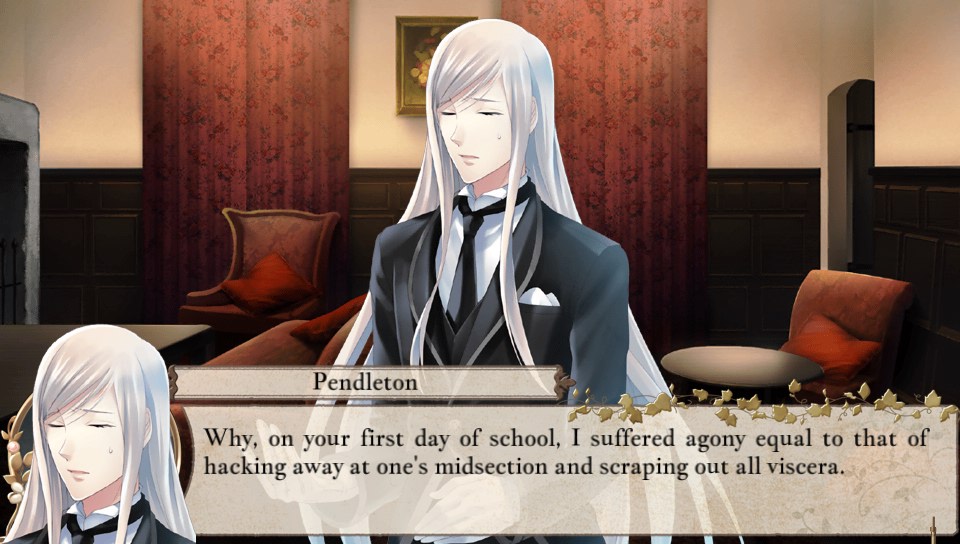
-
London Detective Mysteria review #20

-
London Detective Mysteria review #21

-
London Detective Mysteria review #22
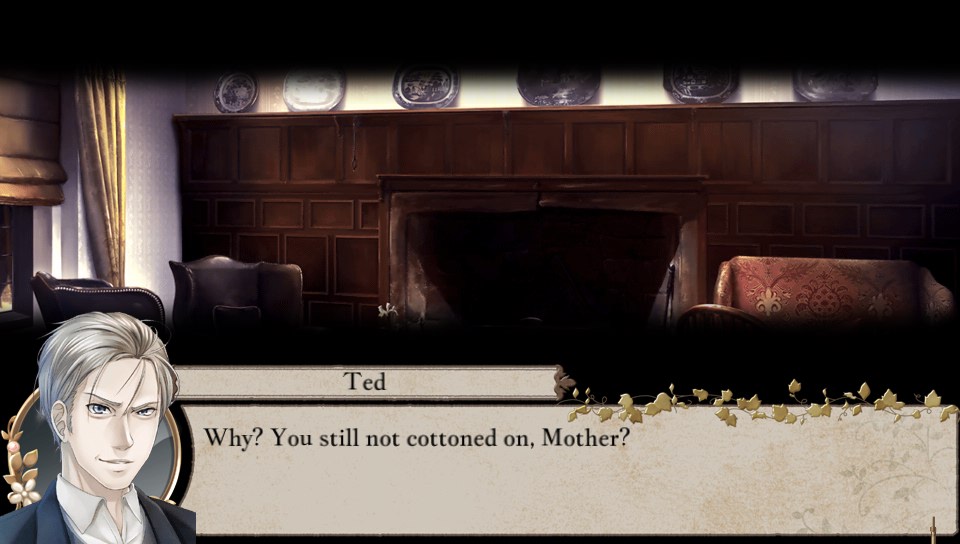
-
London Detective Mysteria review #23
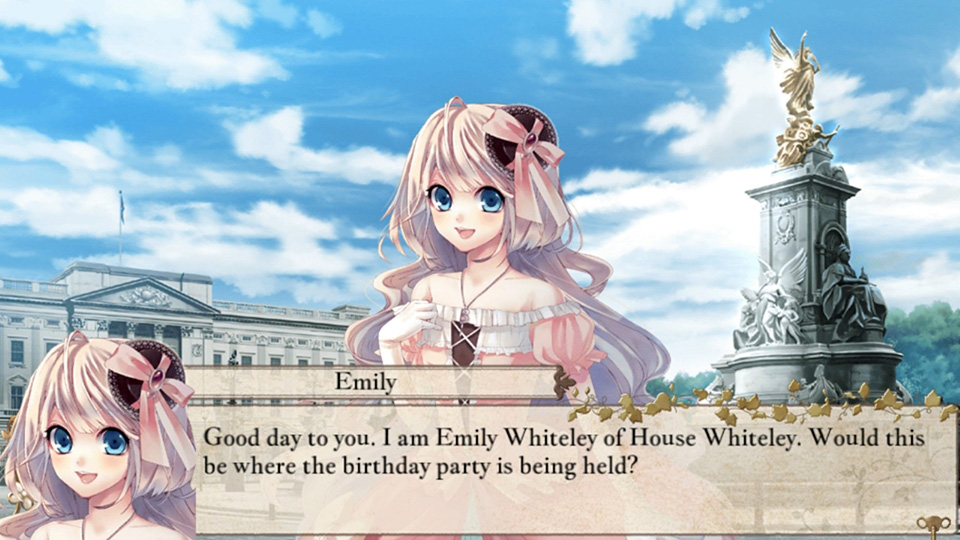
-
London Detective Mysteria review #24
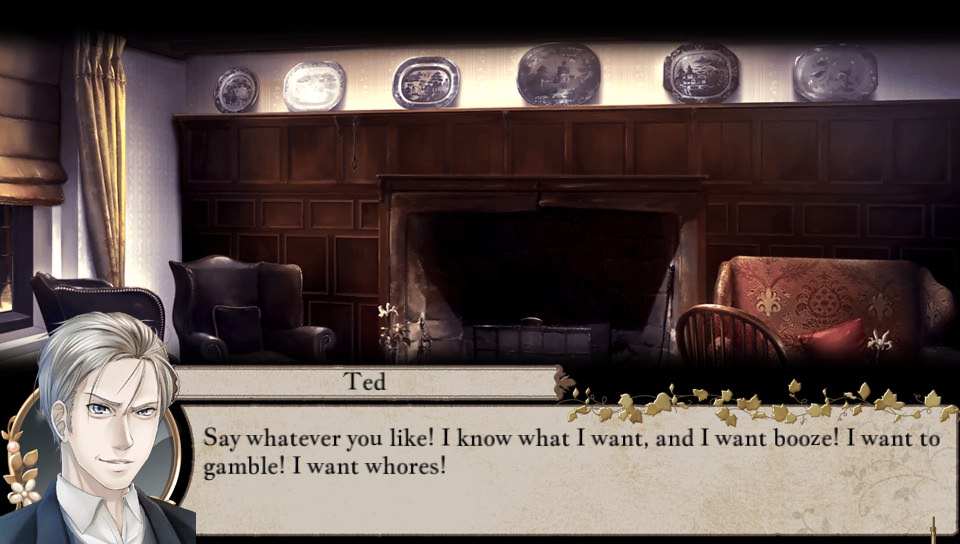
-
London Detective Mysteria review #25
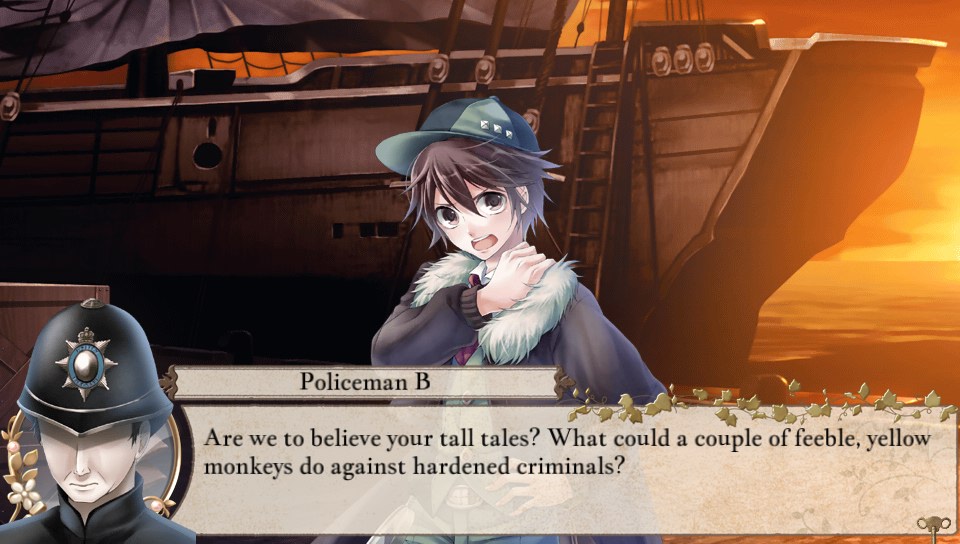
-
London Detective Mysteria review #26
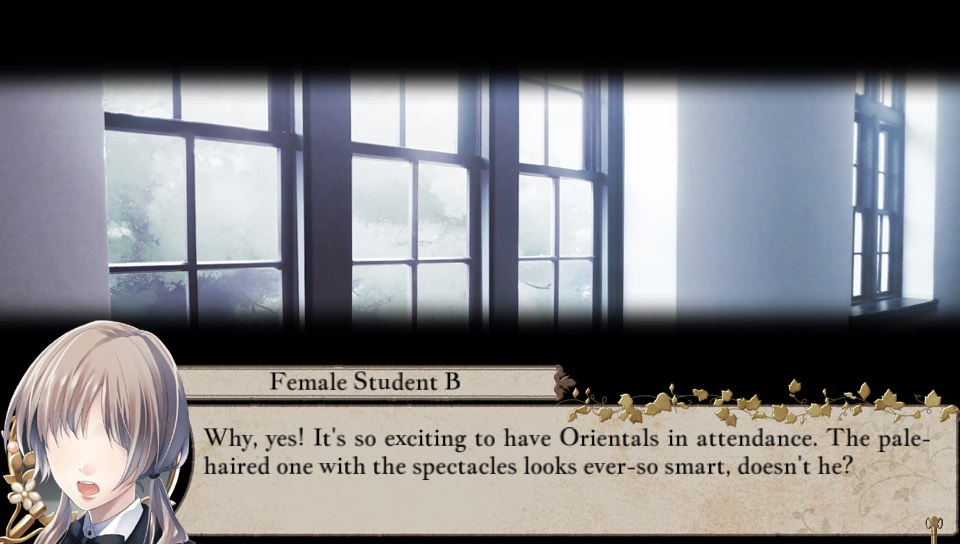
-
London Detective Mysteria review #27
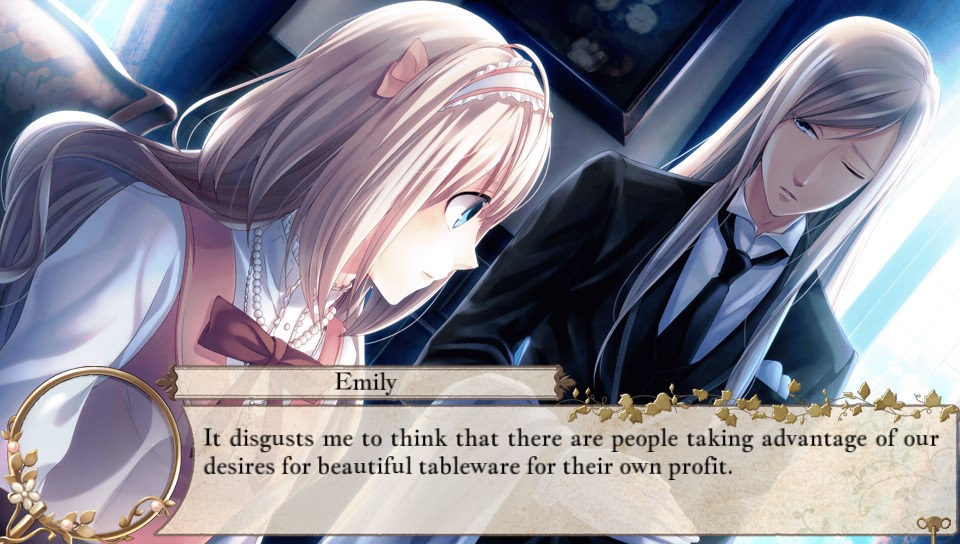
-
London Detective Mysteria review #28
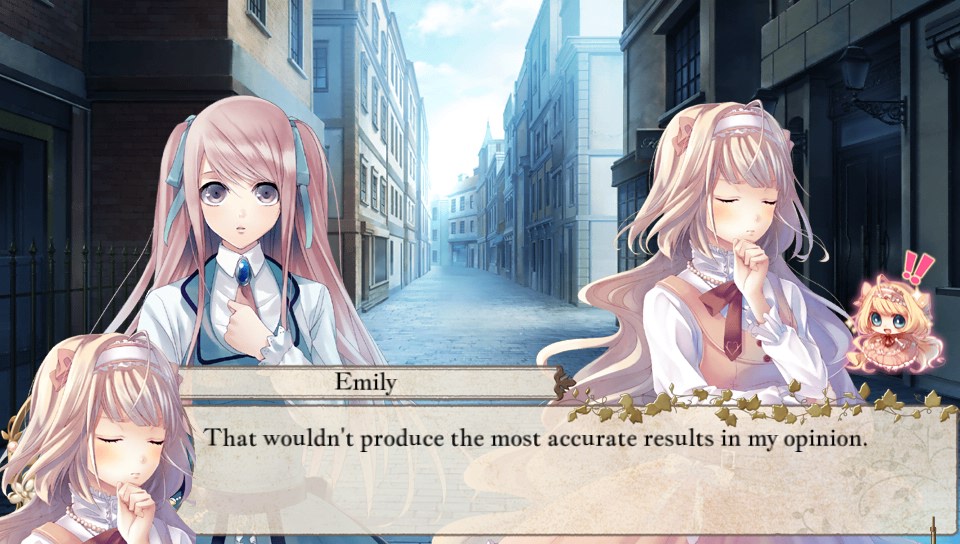
-
London Detective Mysteria review #29

-
London Detective Mysteria review #30

-
London Detective Mysteria review #31

-
London Detective Mysteria review #32
